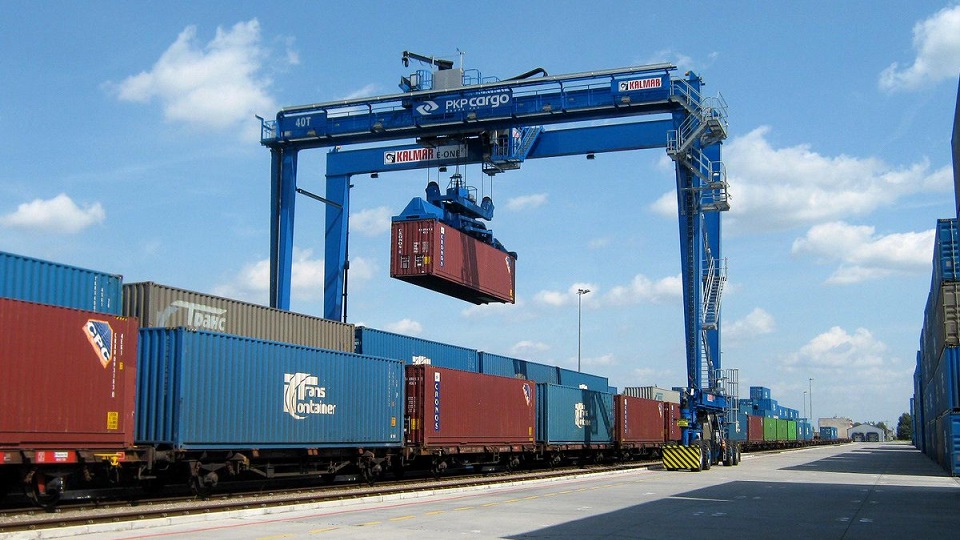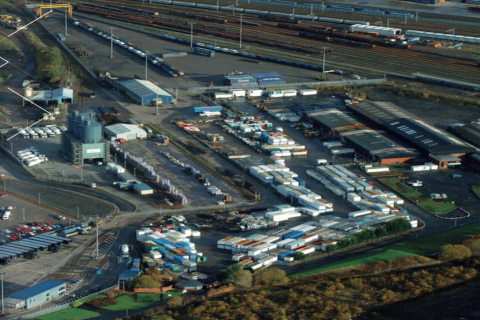Poland: intermodal terminal capacity insufficient for operations

Polish intermodal operators still face substantial problems when it comes to terminal capacity. A report from the Polish Road Transport Institute Foundation (PITD) found that limited terminal capacity remains the most significant issue for Poland’s intermodal sector, the largest in Europe. Additionally, the lack of free tracks, congested border crossings and slow terminal processes also pose a considerable problem.
For a country like Poland, where intermodal transport is the logistics flagship, these problems should be long gone. Not only do they hinder the intermodal sector’s growth, but they also put limitations in achieving a fully carbon-neutral transport future. As Akos Ersek from UIRR put it in a LinkedIn comment, “efficient intermodal terminals are key in succeeding carbon neutrality”.
Limited capacity
The limited terminal capacity is currently the biggest challenge Polish intermodal carriers face, says PITD’s report. It’s visible both in terms of TEUs and available tracks. PKP Cargo mentions that the end terminals often do not have enough tracks to accept trains for unloading. The same applies to the first and last-mile operations in ports, says the Polish Association of Independent Railway Carriers (ZNKP).
This situation makes intermodal operations difficult, but it also poses problems to companies that want to shift from road to rail. Understandably, under these circumstances, terminal capacity is an inhibitor for the further growth of intermodal in Poland.
Border congestion affects the whole country
Another significant barrier for the Polish intermodal transport is the congestion on the Brest/Malaszewicze border crossing. Since New Silk Road traffic is prioritised, intermodal operators have few routes left to operate.
Combined with the container backlog at the border, the lack of routes also limits the possibilities for efficient forwarding of containers. In fact, congested borders are mostly seen as a problem for the Eurasian supply chain. However, PITD’s report found that if the situation remains the same, it will keep creating more issues for Poland’s whole intermodal chain. As a result, there is a need to find a solution for a problem that affects rail freight generally and not just a specific aspect of it.
Also read:
- Congested yards or train delays: how can digitalisation help?
- ‘Poland needs government intervention to resolve congestion’
You just read one of our premium articles free of charge
Want full access? Take advantage of our exclusive offer





